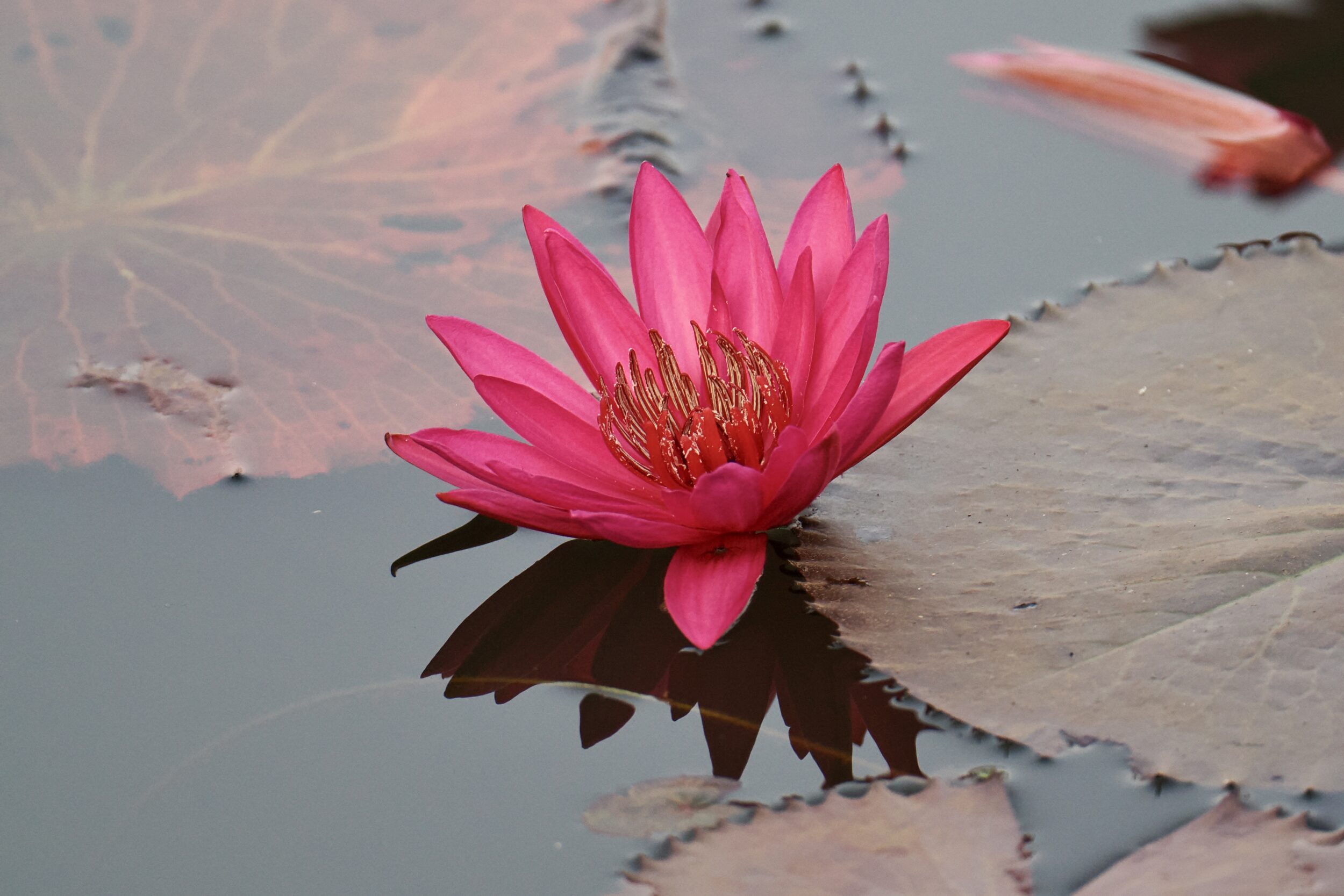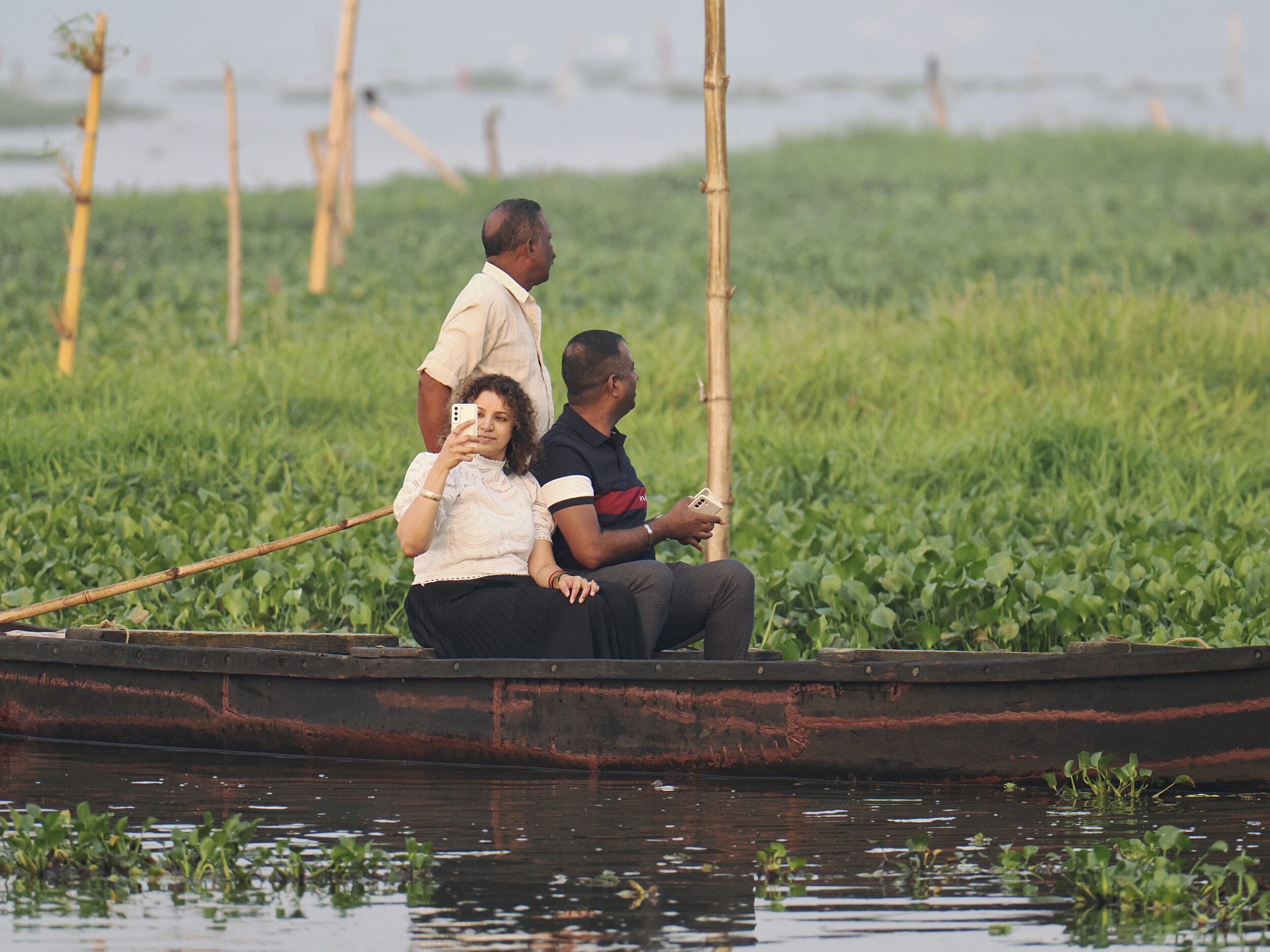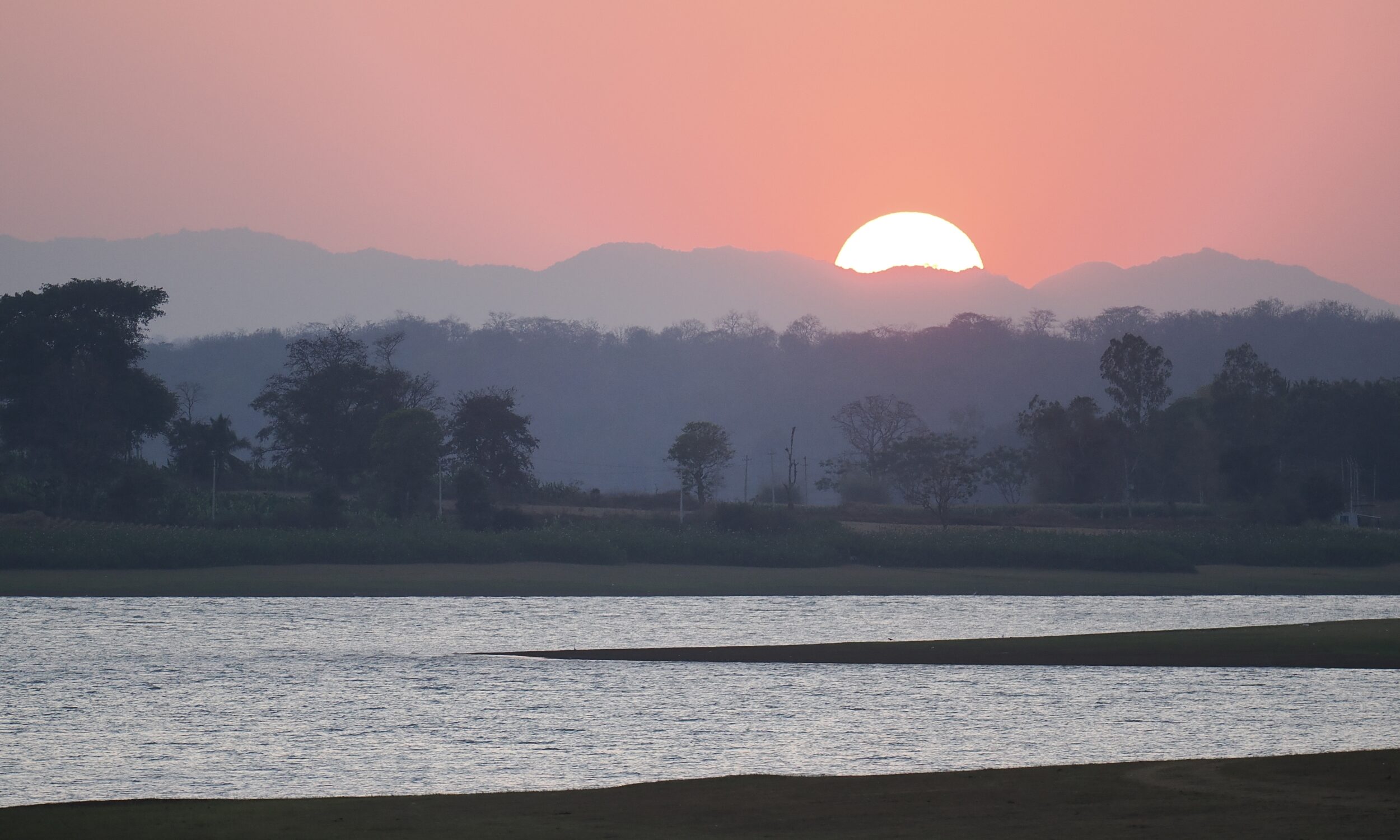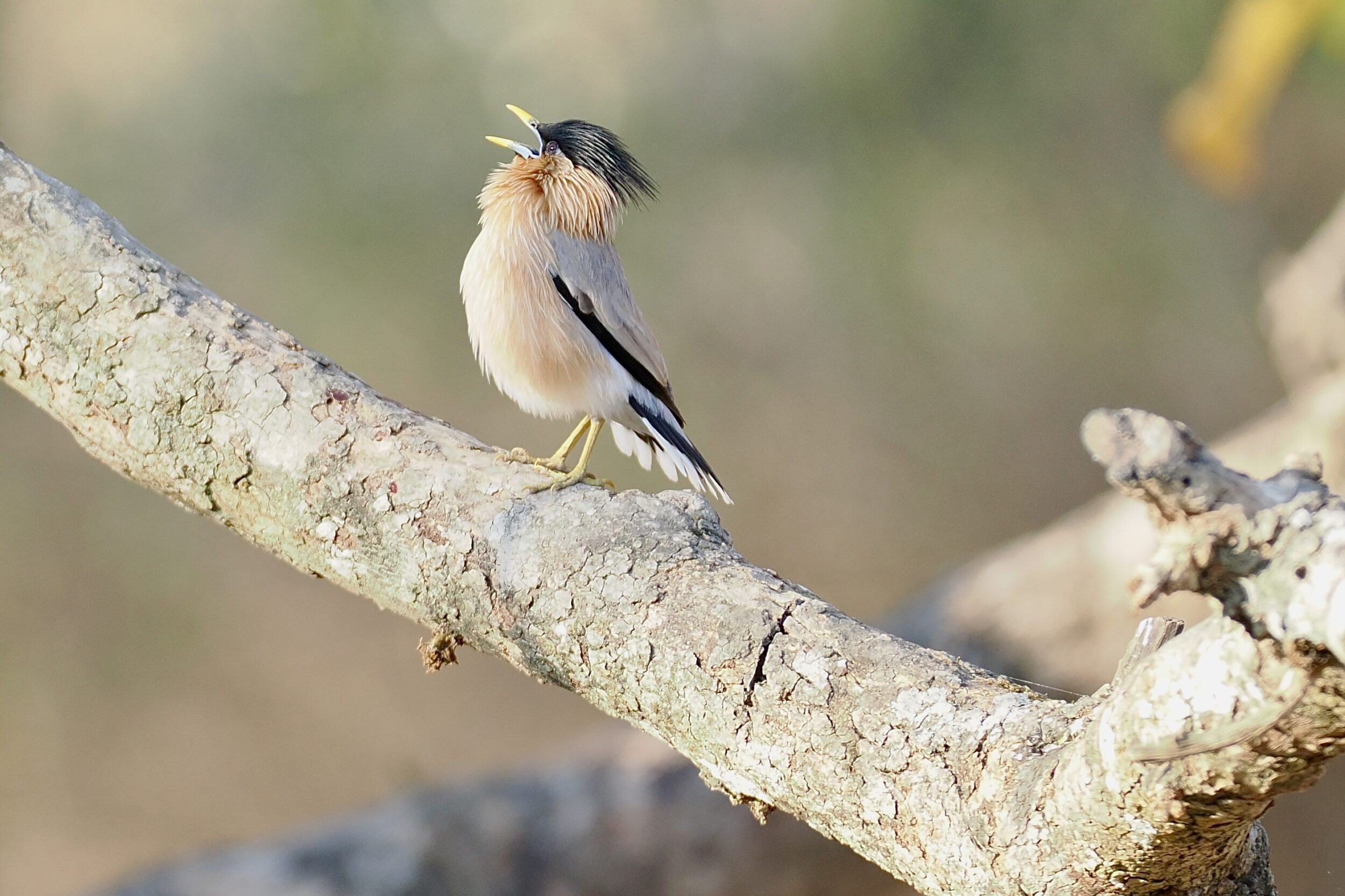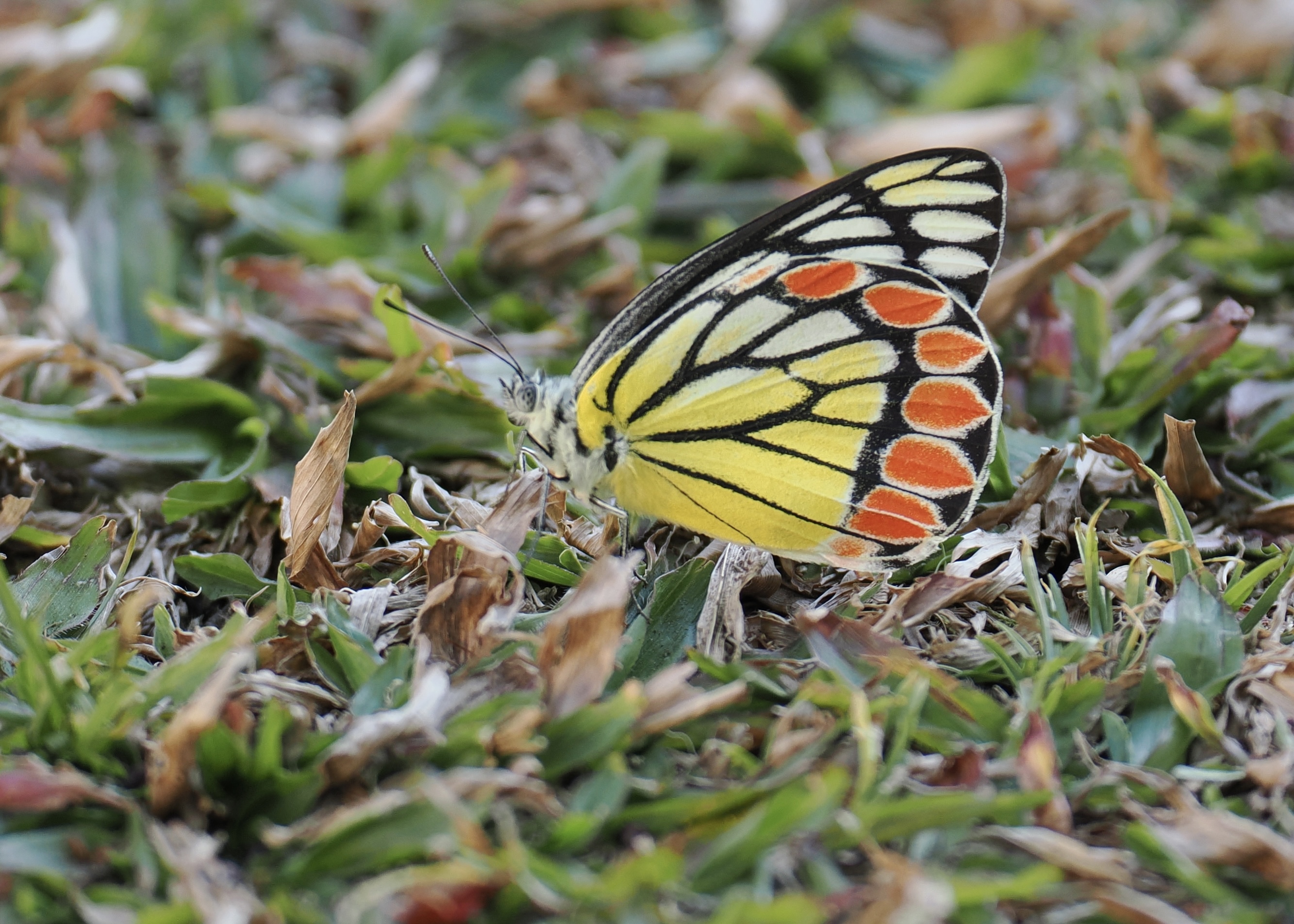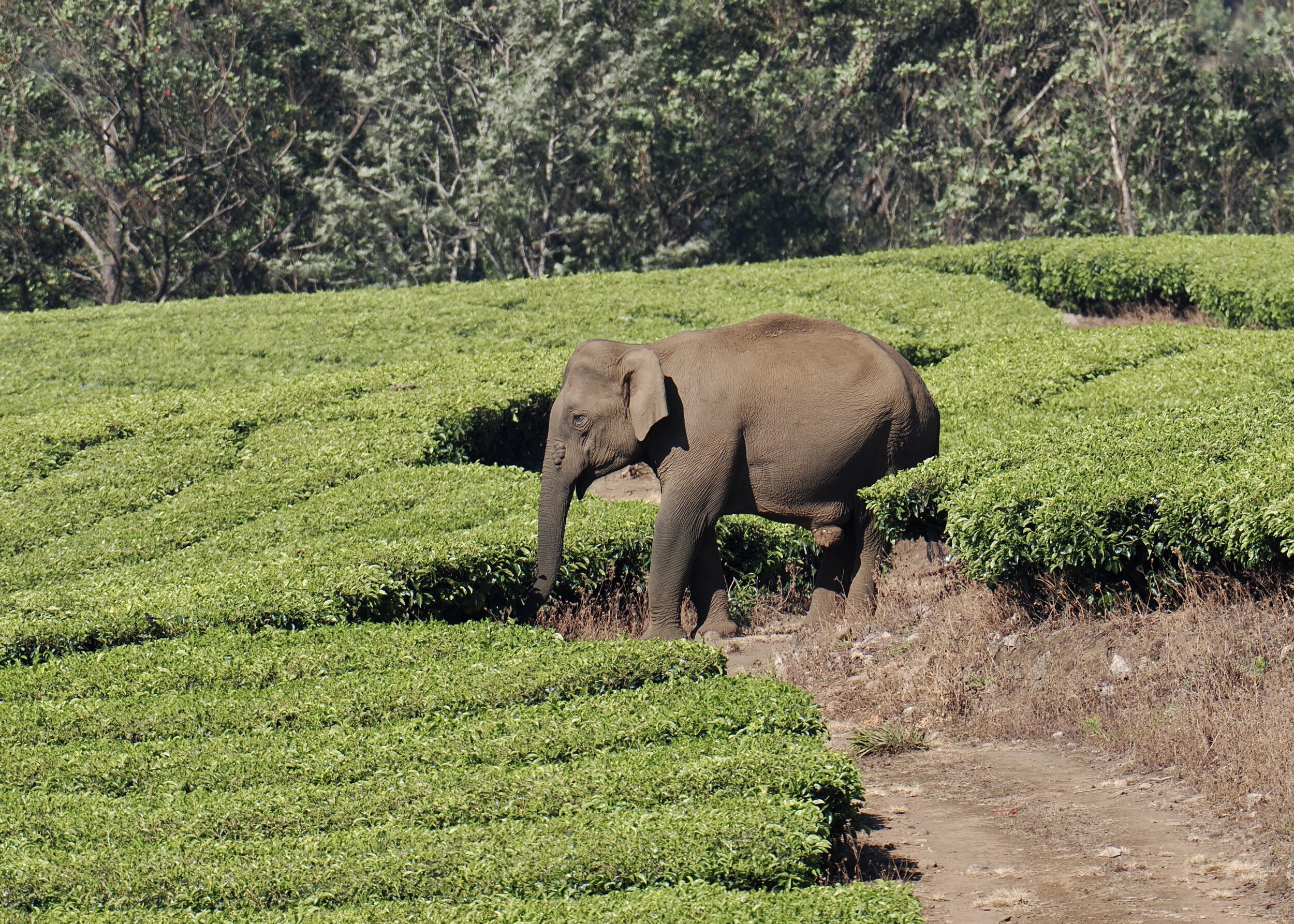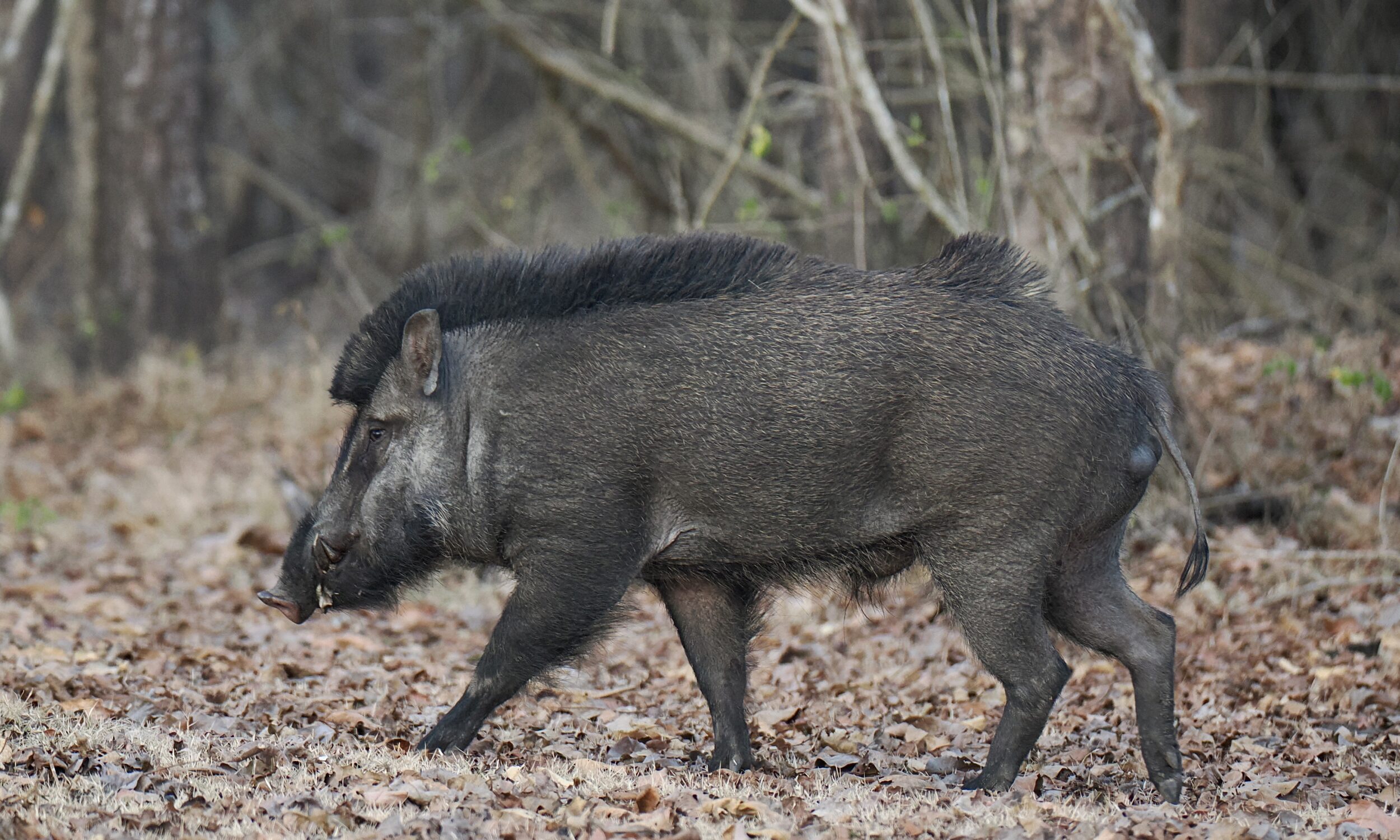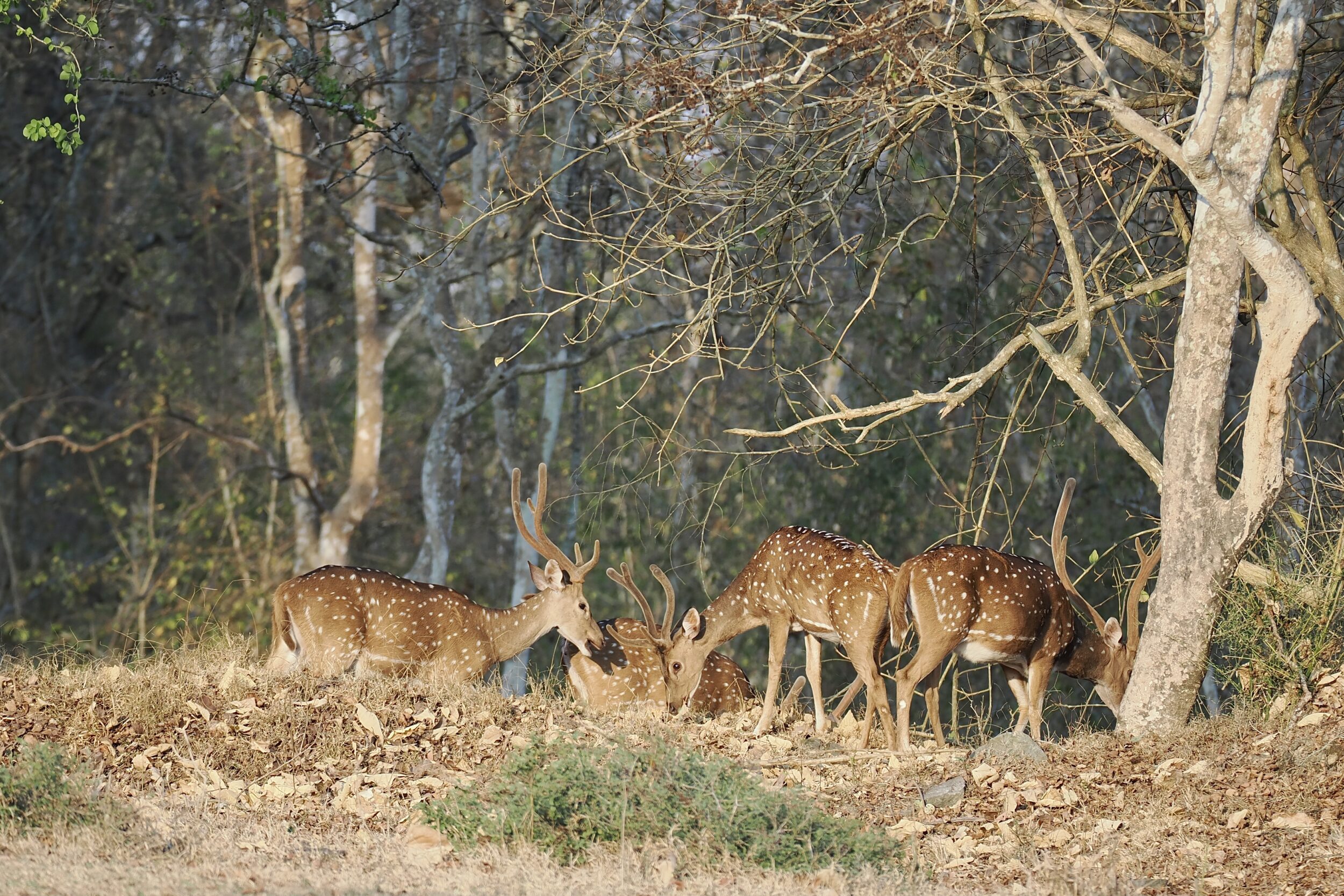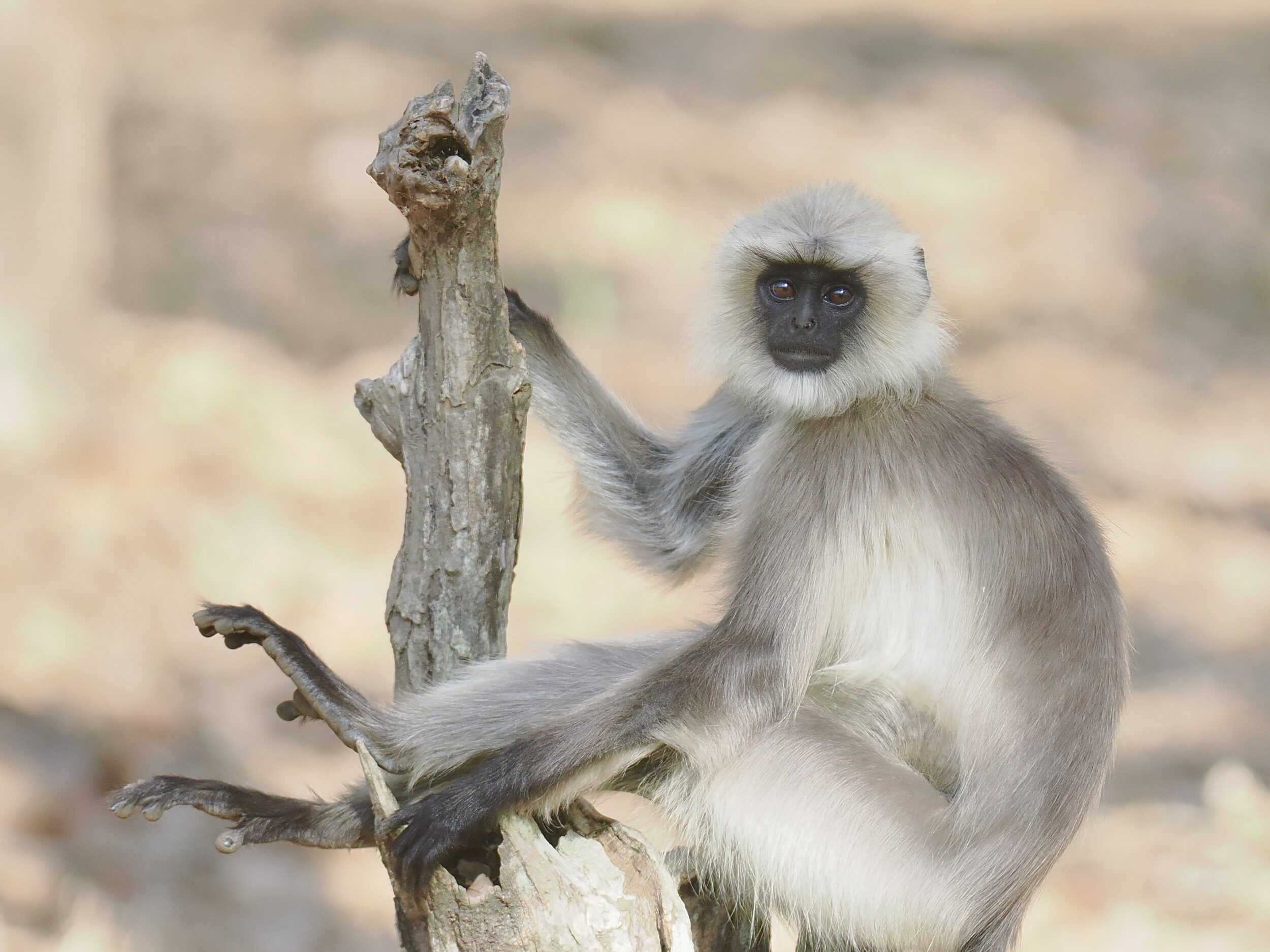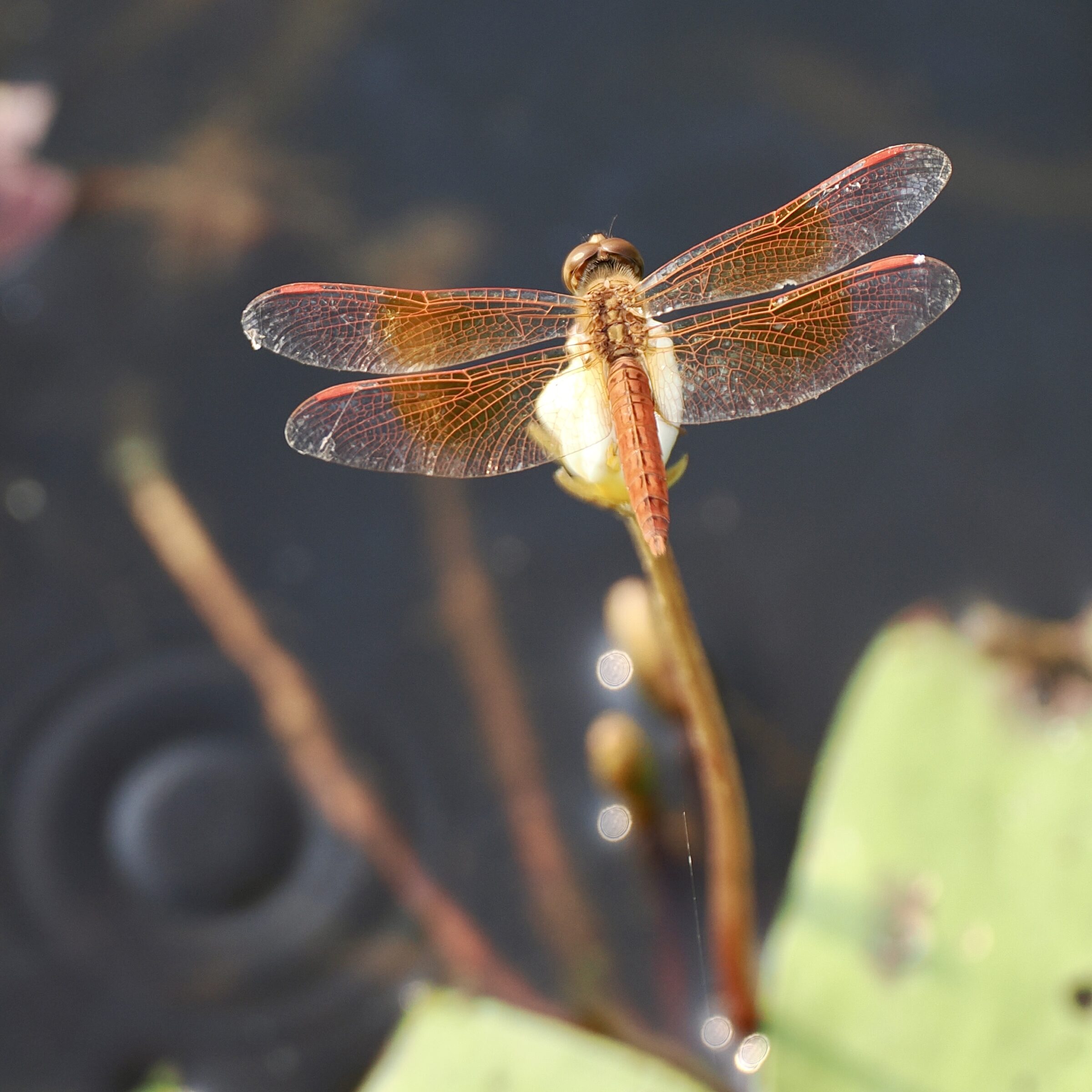Circa 200 species of dragonfly and damselfly have been recorded in and around south India’s wetlands.
Some of them are permanently resident, but one dragonfly species is very probably the insect world’s greatest traveller.
Pantala flavescens – commonly/appropriately known as “the globe skimmer”, or “wandering glider” – undertakes nonstop, ocean-crossing flights to-from India and Africa.
Evidence is mounting that this species’ population (which exists on every continent, bar Antarctica) ought be considered as not merely “widespread”, but as a single, “global” population.
Discover its amazing, still-evolving story here.
